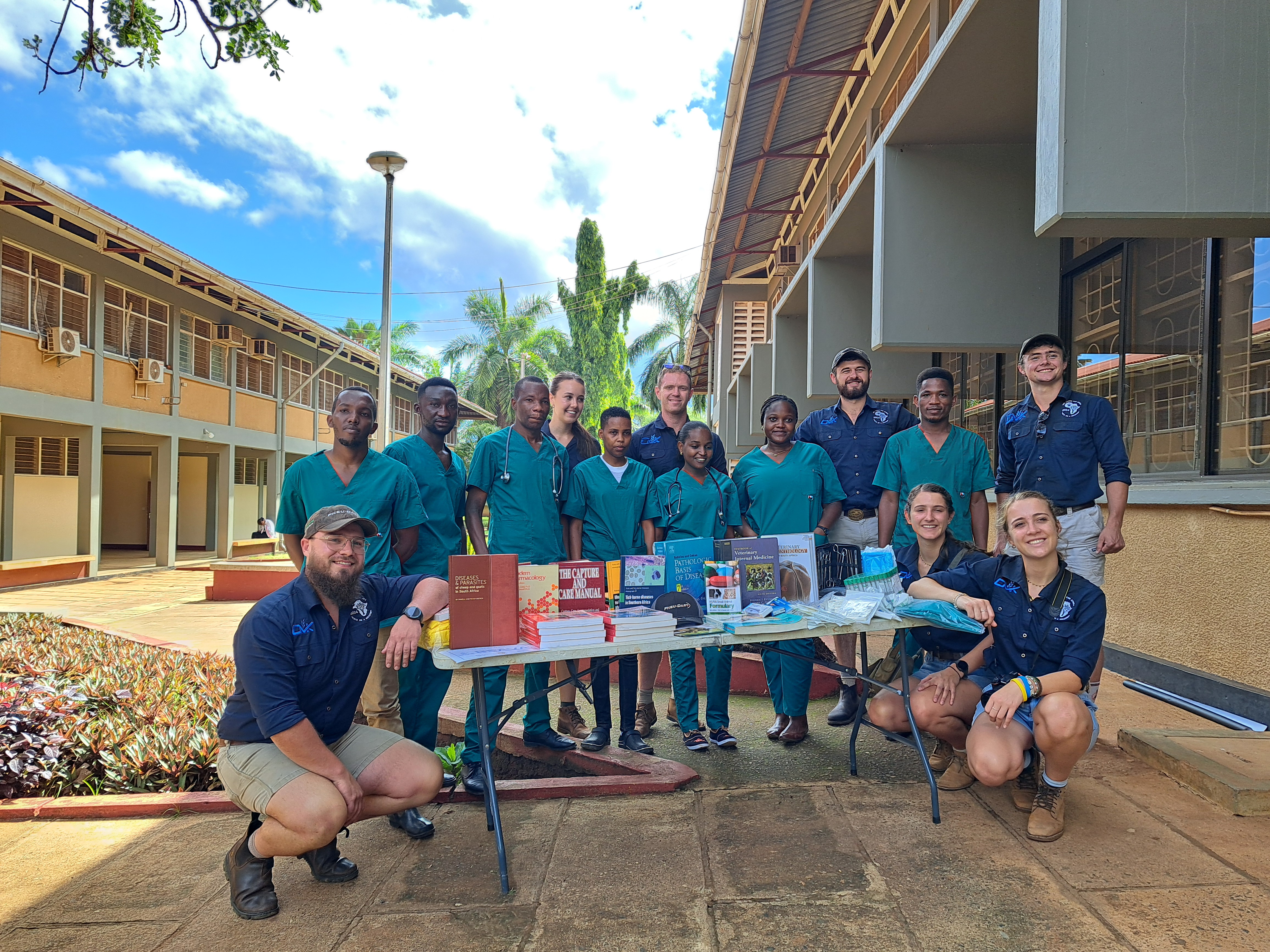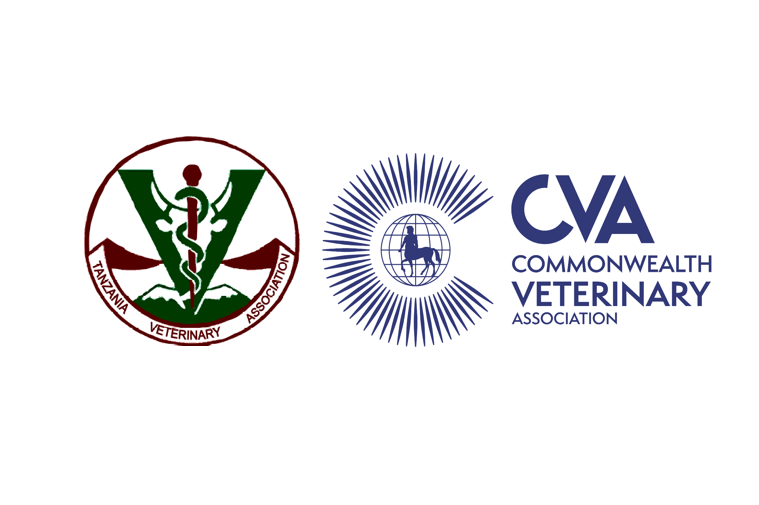Title: Tilapia Lake Virus (TiLV) – development of PCR-based diagnostic assays and insights into infection mechanisms
Name: Augustino Alfred Chengula
PhD in Veterinary Science at Department of Paraclinical Sciences, Faculty of Veterinary Medicine, Norwegian University of Life Sciences (NMBU)
Date of defense: 27-04-2021
Main supervisor: Professor Øystein Evensen, NMBU
Co-supervisor(s) : Dr. Hetron Mweemba Munang’andu, NMBU
: Associate Professor Christopher Jacob Kasanga, Sokoine University of Agriculture, Morogoro, Tanzania
: Professor Robinson Hammerthon Mdegela, Sokoine University of Agruculture, Morogoro, Tanzania
: Associate Professor Stephen Mutoloki, NMBU
SUMMARY
Tilapia lake virus (TiLV) is an emerging virus of wild and farmed tilapiines responsible for causing mortalities and significant economic losses to the aquaculture industry. Since its first report in Israel, the virus has been reported in four continents (Asia, Africa, South and North America) to cause mortalities ranging from the lower extreme of 5-20% and higher extremes of up to 90%. The infection status in many countries is not yet known and implementation of surveillance programs has been recommended. Lake Victoria was selected for TiLV surveillance because it contains a large number of tilapiine species of economic importance to the surrounding East African countries. Well-optimized tools for rapid detection and quantification of the virus are also needed. Moreover, the mode of virus uptake in cells and importance for replication is not known. Therefore, this thesis aimed at understanding the possible presence of TiLV in Lake Victoria in East Africa, to develop tools for detection and quantification of the virus and to shed light of virus uptake mechanisms in permissive cells in vitro.
In this thesis, a standard RT-PCR and a quantitative real-time RT-PCR (qRT-PCR) were developed based on all the ten segments of TiLV. The standard PCR was used to screen Nile tilapia (Oreochromis niloticus) from Lake Victoria in Eastern Africa. The quantitative real-time RT-PCR was developed based on virus supernatant of known titre and against samples of unknown virus titre originating from infected TFC #10 cells and fish organs. The virus’ ability to hemagglutinate avian and piscine erythrocytes was assessed, and the modulation of ammonium chloride on uptake and replication of TiLV in E-11 cells was studied.
The findings reported in study I showed that primers designed from segment two of TiLV for a standard RT-PCR were the best at detecting TiLV in the infected cells and Nile tilapia organs. TiLV genome was detected in 28 Nile tilapias (14. 66%, N = 191) in which 17.78% (N=45) were from wild fish and 13.70% (N=146) from farmed fish (cage farming). The genomes of circulating TiLV in Nile tilapia from Lake Victoria were identical to those detected from Israel (98%), Ecuador (98%), Thailand (96%), Peru (96%) and USA (97%). TiLV was not grown from infected fish and thus its ability to cause disease in Nile tilapia was not studied. Therefore, I am recommending further studies to fulfil Koch’s postulates.
The data reported in study II showed that the developed and optimized quantitative real-time RT-PCR detected TiLV in virus supernatants of known titre and in organs of unknown titre from infected Nile tilapia. The developed assay is sensitive and specific to TiLV with all the primers efficiency being within the range of 95-105%, except primers targeting segment ten that gave an efficiency of 93%. The intra- and inter-assay coefficient of variation ranged between 0.00% ~ 2.63% and 0.00% ~ 5.92%, respectively, which is within the recommended range (below 5%) for an assay to be repeatable and reproducible. The detection limit of 2 TCID50/ml was found for primers targeting segments 1, 2, 3, 4 and 9 while lower detection limit of 20 TCID50/ml was found for primers targeting segment 5, 6, 7, 8 and 10. Overall primers targeting segment 3 had the highest detection limit and primers targeting segment 7 had the lowest detection limit. Interestingly, despite the two primer sets (for segment 3 and 7) having different TiLV detection limits they had an equal amplification efficiency of 98%. Therefore, primer optimization for qRT-PCR is important to optimize assay sensitivity.
The study reported in paper III was directed at understanding the hemagglutination property of TiLV using avian and piscine erythrocytes, and the infection mechanisms in E-11 cells. TiLV did not hemagglutinate erythrocytes from any of the species tested indicating that the virus lack hemagglutinin. Further, the study has shown that ammonium chloride does not affect the replication of TiLV in E-11 cells indicating that the virus is not using the endocytic pathway during internalization. Taken together, the two observations suggest that, TiLV is not taken up by receptor-mediated endocytosis during internalization into E-11 cells. Thus, further studies are needed to unravel the uptake mechanism(s), which is the important information for controlling the virus by antiviral agents or immunoprophylaxis.
Summary from PhD thesis
The overall goals of Chengula’s work were to develop tools for rapid TiLV diagnosis, investigate the presence of TiLV in Nile tilapia in Lake Victoria and shed light on the viral infection mechanisms. Specifically, he wanted to:
- a) Develop and optimize a diagnostic PCR method for surveillance of TiLV in farmed and wild Nile tilapia from Lake Victoria in Eastern Africa
- b) Validate a quantitative real-time PCR (qRT-PCR) method for TiLV detection
- c) Assess the hemagglutination properties of TiLV and comparison to Influenza A and Infectious Salmon anaemia virus
- d) Determine the effect of Ammonium chloride on the replication of TiLV in E-11 cells
The research developed two polymerase chain reaction (PCR) assays (conventional reverse transcription-PCR and real time RT-PCR) based on all the ten segments of TiLV. Both PCR assays were found to be sensitive and specific to TiLV. Using primers from segment two of TiLV, conventional RT-PCR detected nucleic acids of TiLV in Nile tilapia from Lake Victoria in East Africa. The developed RT-qPCR validated using experimentally infected tilapia tissues had good efficiency and reproducible. The findings from this research also showed that, TiLV does not hemagglutinate erythrocytes from Turkey, tilapia and Atlantic salmon suggesting that TiLV does not possess hemagglutinin. Moreover, Ammonia chloride does not inhibit the replication of TiLV in E-11 cells implying that probably the virus does not enter the cell through the receptor-mediated endocytosis mechanisms.
The research area is important because of the following reasons:
- It contributes new knowledge to science especially on the hemagglutination properties and infection mechanisms of TiLV
- It provides awareness to fish farmers and the Governments in East Africa on TiLV so that they can use the information in developing policies which help controlling the virus in the region.
The doctoral work of «Augustino Alfred Chengula» concludes that the diagnostic assays developed were sensitive and specific to TiLV; TiLV do not hemagglutinate erythrocytes from Avian (turkey) and piscine (tilapia and Antlantic Salmon) species and the replication of TiLV is not inhibited by Ammonium chloride suggesting that the virus is not internalized by receptor-mediated endocytosis.



